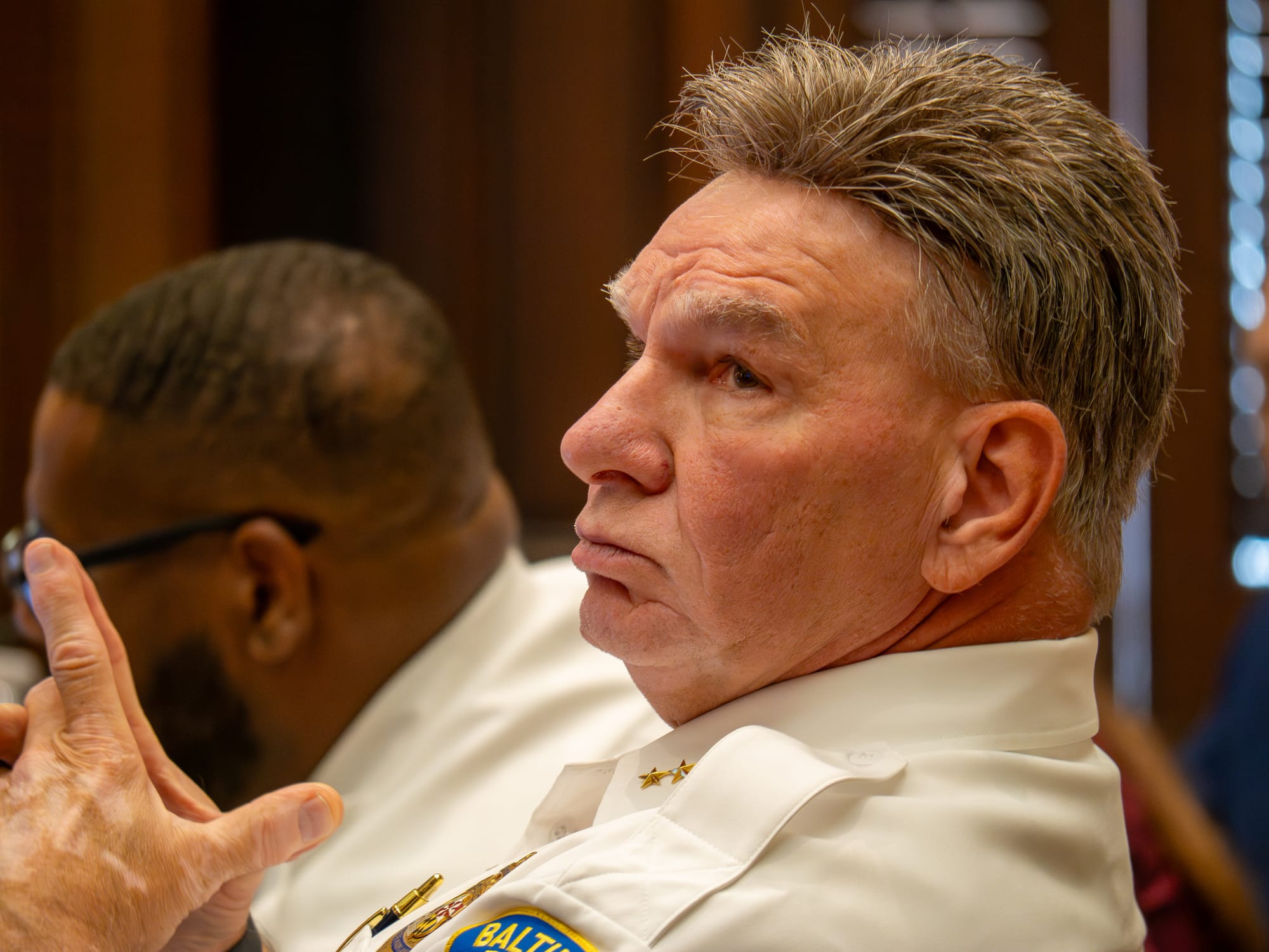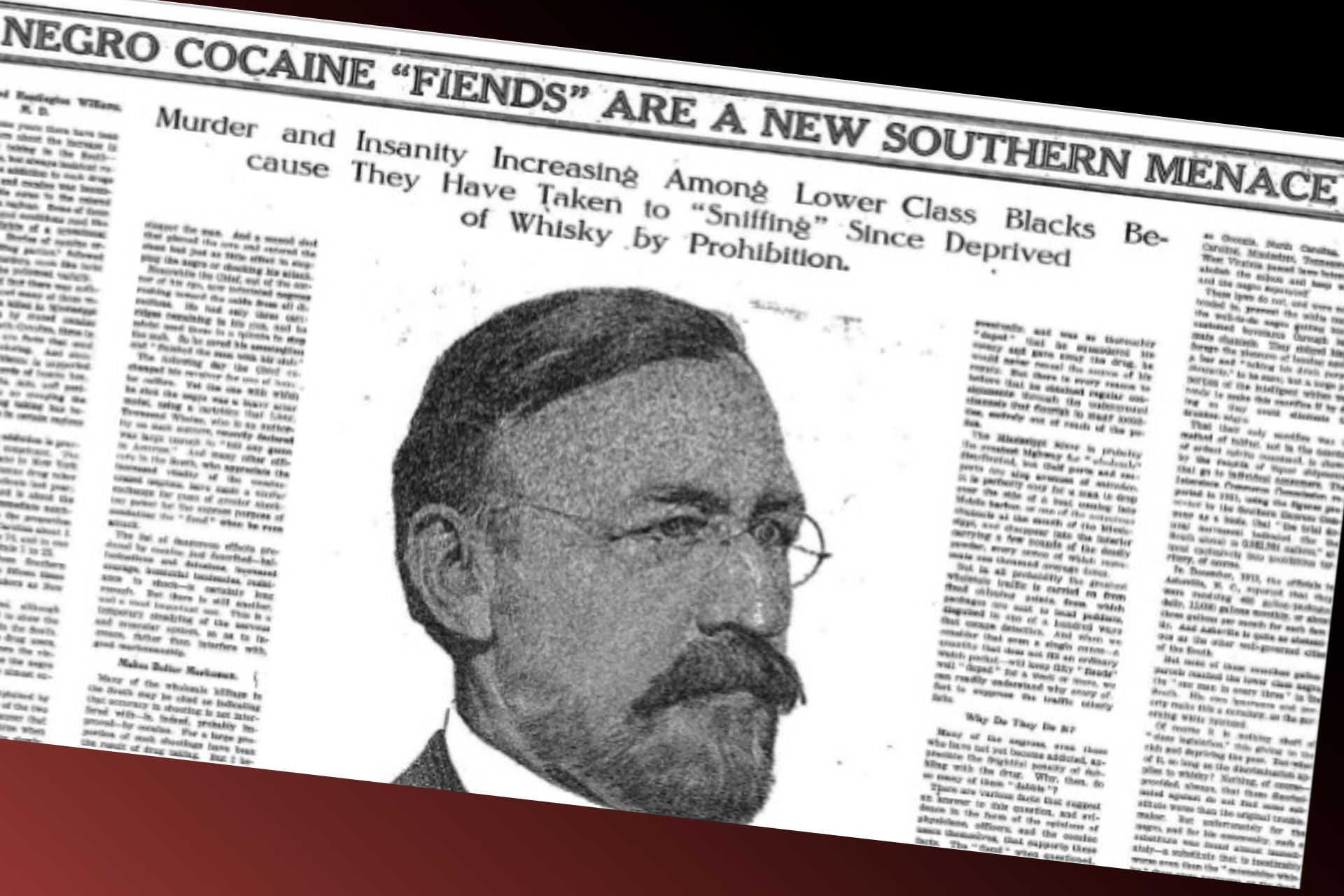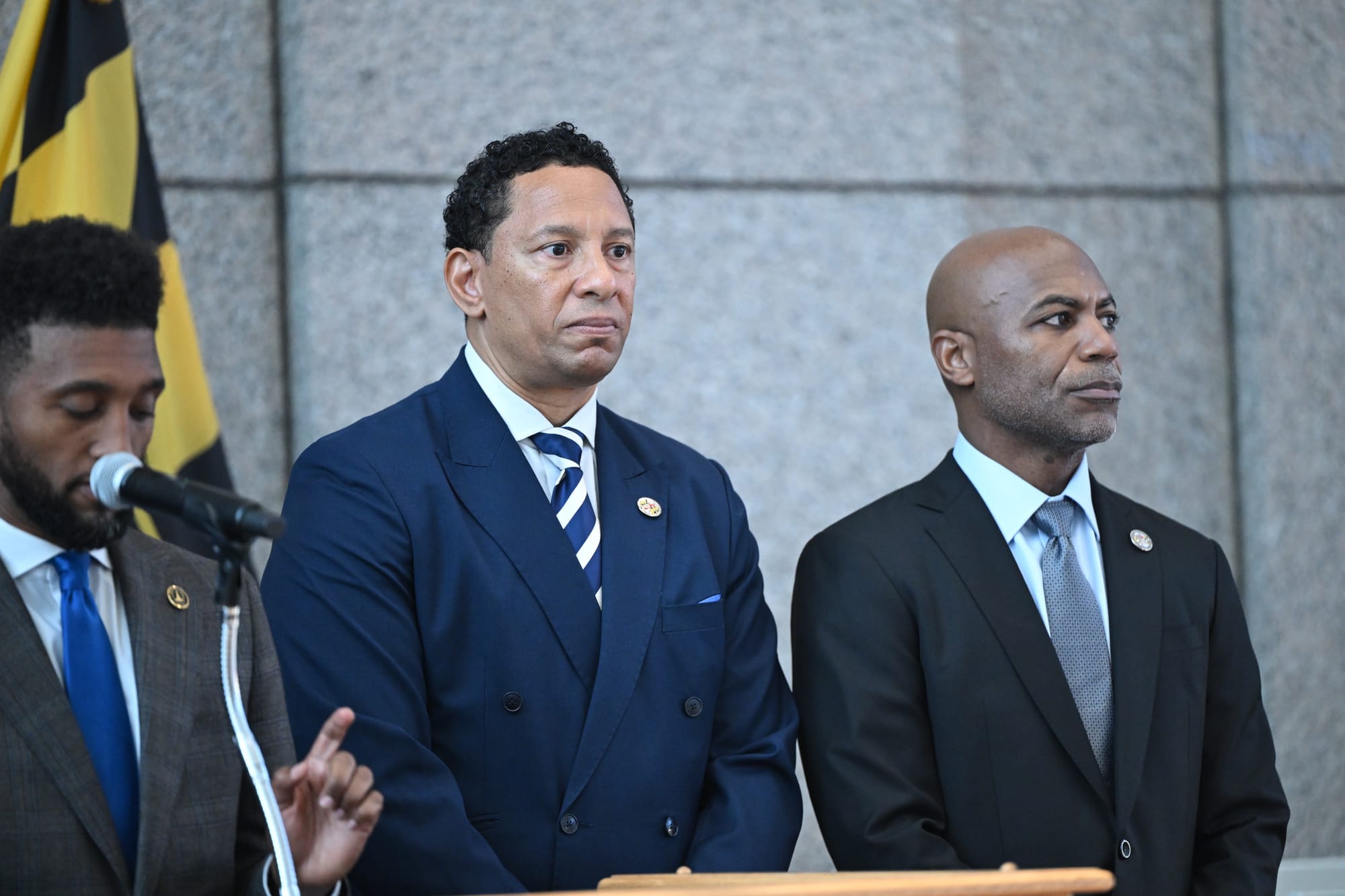
At a hearing billed as a discussion of "public health-centered solutions" to the overdose crisis, the Baltimore Police Department’s top brass emphasized the need to target people who use drugs—in a strategy that uses vulnerable residents with the aim of eventually arresting suppliers.
The Baltimore City Council Public Safety Committee’s September 9 hearing involved little discussion of harm reduction—even though it was advertised as a top issue on the meeting’s agenda. Instead, it immediately devolved into back-and-forths on how to further crack down on “open-air drug markets,” with police boasting “significant” increases in drug-related arrests.
Though some city council members argued their efforts didn’t go far enough, police officials insisted the city’s drug-war policing has intensified.
“We want to ultimately get to the supplier of drugs,” Commissioner Richard Worley said. “The way we get to the supplier of drugs is by arresting dealers. The way we get to the dealers is by arresting the users. There’s no way around it.”
The strategy depicted by Worley runs contrary to a consensus among public health experts and harm reduction advocates. For decades, they've warned that targeting drug users is futile and potentially deadly.
City health officials have echoed those sentiments, and even the commissioner seemed to undermine his plan when he admitted, “we’re not going to arrest our way out of” the city’s overdose crisis.
That didn’t stop police officials from touting an increase in drug arrests while lamenting the years under former State’s Attorney Marilyn Mosby, who implemented a de facto decriminalization policy in 2020 that discouraged low-level drug arrests because the suspects wouldn’t be prosecuted.
There had been 1,450 drug-related arrests in 2025 as of August 30, a 16 percent increase on the equivalent period in 2024, according to data presented by police officials. The resulting charges included over 61 percent that were felonies, and 150 marijuana charges.
In June, a Baltimore Beat investigation found that drug charges plummeted over the last decade before ticking up under current State’s Attorney Ivan Bates, who scrapped Mosby’s nonprosecution policy. People arrested on drug charges are almost exclusively Black, as was the case with 92.5 percent of such arrests in 2024.
Baltimore’s Black community has also been hit hardest by the overdose crisis, with rates among older Black men, in particular, at times doubling that of their white counterparts.
Police officials cited multiple strategies to crack down on drug markets at the hearing, including surveillance, plainclothes District Action Teams and the Group Violence Reduction Strategy. City officials have most frequently praised GVRS, describing it as a successful program connecting those at risk of violent crimes to social services. In practice, however, it has led to widespread drug busts under the guise of violence prevention.
Studies have shown that such drug enforcement strategies can increase overdose death rates by disrupting the drug supply and pushing drug users toward riskier sources. They have also been found in some cases to increase violence among those in the drug trade.
Although Worley called the department’s strategies “comprehensive,” Councilman Mark Conway (D), chair of the Public Safety Committee, was unsatisfied. The councilman, who commandeered much of the hearing, called the department’s plan “insufficient.”
“We still need to tie our decisions to outcomes and determine whether or not they’re actually working,” Conway said. “And I don’t think they’re working yet.”
The councilman, who has attempted to position himself as a leader in overdose crisis talks but has repeatedly demanded heavier-handed police action, called for a more detailed plan from the police to address drug markets and drug use—yet even he conceded the limited impact of arresting people who sell drugs.
“There will be 50 [people] behind them indefinitely until we figure out how to address the demand for drugs in that area,” he said, adding that he has demanded a comprehensive, written plan to tackle drug markets and drug use for nearly a year.
Despite the problematic nature of the city’s drug enforcement strategies and a nearly $613 million police budget, police officials also cited insufficient staffing and a need to recruit more officers for drug enforcement.
Maryland Governor Wes Moore and Baltimore Mayor Brandon Scott have just set out a joint plan to boost policing in the city.
On September 5, the leaders announced the reinstatement of a city-state policing partnership, the first such initiative since 2020. Maryland State Police and Maryland Transportation Authority Police will now be on call to deploy to the city if requested by local police, including for drug enforcement.
“Both agencies have pledged their full support, in partnership with other local and state resources, to prevent and investigate crime and if needed, to assist with the response to calls for service in Baltimore,” state police spokesperson Elena Russo told Filter.
The announcement came amid ongoing hostilities between the governor and President Donald Trump, who threatened to deploy the National Guard to Baltimore after signing an executive order that aimed to criminalize homelessness, ramp up forced institutionalization of those with mental illnesses and substance use disorders, and defund life-saving harm reduction programs.
Scott opposed this, citing historic drops in homicides and other crimes.
With its discussion of providing even more police resources, the hearing served as an illustration of the city’s ongoing inability to live up to promises to focus on compassionate care for people who use drugs.
It wasn’t until halfway through a hearing of over two hours that the subject moved on from enforcement.
In a shift in tone, Conway asserted the city must invest in neighborhoods and provide job training and other services for residents experiencing substance use disorder, noting the city already has agencies tasked with such programs.
He also questioned whether the city health department was taking the overdose crisis seriously enough, citing its struggles to curb overdose deaths during the height of the COVID-19 pandemic.
“If this is the highest priority for the city, it’d be really hard to tell from the outside,” Conway said.
In response to questions on how to address the crisis, Councilman Zac Blanchard (D) suggested that the city consider opening an overdose prevention center (OPC) in downtown's Westside, allowing residents to use drugs under the supervision of medical professionals.
Local harm reduction organizations have long demanded the centers and, more recently, Councilman Ryan Dorsey (D) has become more vocal in his support.
Blanchard’s suggestion provided brief insight into what the city could do to ramp up its harm reduction infrastructure and utilize programs that are proven to save lives and connect people to vital services. The mayor, who has the authority to unilaterally permit OPC to open, has thus far resisted doing so.
That focus on compassionate care for those in need has been sorely missing, said Karl Green, a local harm reduction worker and member of the city’s Restitution Advisory Board who spoke during the hearing’s public comment period.
“Being arrested never helped me,” Green said. “Harm reduction peers and people that don’t necessarily work in recovery but have been through it and show you can overcome it and believe in you… I believe this has been missing. We need peers. We need client-based care, we need to meet people where they are.”








Comments